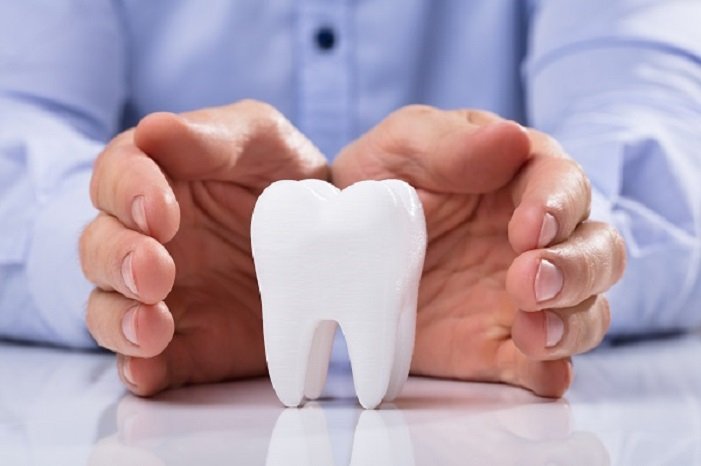
What Is Dental Insurance and How Does It Work?
Dental insurance covers dental care costs, from routine check-ups to emergency procedures, alleviating financial burdens. The claim process defines reimbursement, and some insurers pay providers directly. This coverage allows individuals to maintain oral health without financial strain.
An Overview of PPO Dental Plans
PPO dental insurance plans are highly flexible and renowned for coverage even when members see dentists outside their networks. Other plan types may restrict or eliminate this option. Preferred provider organization (PPO) dental plans are the most commonly available on the market. They enable individuals to choose their dental care providers, whether within a specified network or not, albeit often at a higher cost for the latter option. Plan members can receive dental services from network providers at a lower, negotiated rate.
Comparing Dental Plan Models: PPO versus HMO and Indemnity Plans
Understanding the variances among dental plan types is critical for making an informed choice. Health Maintenance Organization (HMO) plans are noted for their cost-efficiency, which comes at the trade-off of being limited to a specific network of dental care professionals with no coverage outside this group. On the other hand, indemnity plans offer the broadest choice of dentists but often come with higher premiums and significant out-of-pocket costs. PPO plans blend both by providing more flexibility than HMOs regarding provider choice while maintaining better cost management than indemnity plans.
The Coverage Spectrum of PPO Dental Plans
In PPO plans, the coverage provided for dental procedures is usually categorized into scheduled tiers. Preventive services like cleanings, exams, and X-rays generally receive the maximum coverage, reflecting a philosophy that preventing dental issues is more cost-effective than treating them after they develop. Basic procedures such as fillings and extractions are covered at a slightly lower percentage, and primary services like bridges and crowns carry higher out-of-pocket costs. This tiered organization helps consumers understand their potential financial responsibility and plan their dental care accordingly.
Evaluating Provider Networks in PPO Plans
Choosing a dental provider is among the most crucial decisions for anyone with a dental plan. PPO networks offer a range of providers who have agreed to set fee structures, which can make specific procedures more affordable. However, members are open to more than just these providers. They can expect a degree of coverage should they seek care from out-of-network professionals, albeit often at a higher cost. To avoid surprises on the billing front, it’s advisable to consult the updated list of network providers before scheduling any dental appointments.
The Financial Aspect: Cost-Effectiveness of PPO Dental Plans
Finding a cost-effective dental plan involves weighing the cost of premiums against the coverage provided and the potential out-of-pocket expenses. A PPO plan’s premiums tend to be higher than those of an HMO, but the plan’s cost must also be considered in terms of its flexibility and coverage for out-of-network care. Analyzing these costs in conjunction with one’s dental care needs and habits can be instrumental in identifying the most cost-effective plan.
The Enrollment Process for PPO Dental Plans
Enrolling in a PPO plan typically occurs during a designated period known as open enrollment. During this time, potential members must accurately complete paperwork and choose a plan best suited to their needs. Some plans may offer a designated enrollment period allowing individuals to enroll or change their coverage following qualifying life events like marriage, divorce, or childbirth. Careful consideration and accurate completion of all necessary documents during enrollment are vital for ensuring access to the intended benefits without delay.
Understanding the Claims Process in PPO Plans
While dental care claims with a PPO plan are typically straightforward, particularly for in-network services, members must understand the reimbursement process for out-of-network care. It often involves the member paying for the service out-of-pocket and later being reimbursed by the insurance company. Familiarity with the process and timely submission of necessary paperwork can ensure that reimbursements are received without unnecessary delay.
Maximizing Your PPO Plan Benefits
Members should take full advantage of preventive care benefits to derive the most value from a PPO plan, typically covered at the highest level. Scheduled check-ups, cleanings, and early interventions are not only beneficial to oral health but can also prevent more severe and expensive procedures in the future. Proactively discussing planned treatments with the dentist and the insurance provider can also be beneficial to understanding coverage limits and avoiding unexpected costs.
Future Trends in Dental Insurance and PPO Plans
The dental insurance sector is constantly evolving, with innovative trends influencing the scope of coverage and benefits administration. Technological advancements are expected to streamline processes from enrollment to claims management, leading to greater efficiency and member satisfaction. Additionally, the industry is moving towards value-based care models, emphasizing the quality of care delivered over the quantity of services provided. Staying informed about the latest developments in dental insurance is crucial, as it could significantly alter the structure and benefits of future PPO dental plans.



